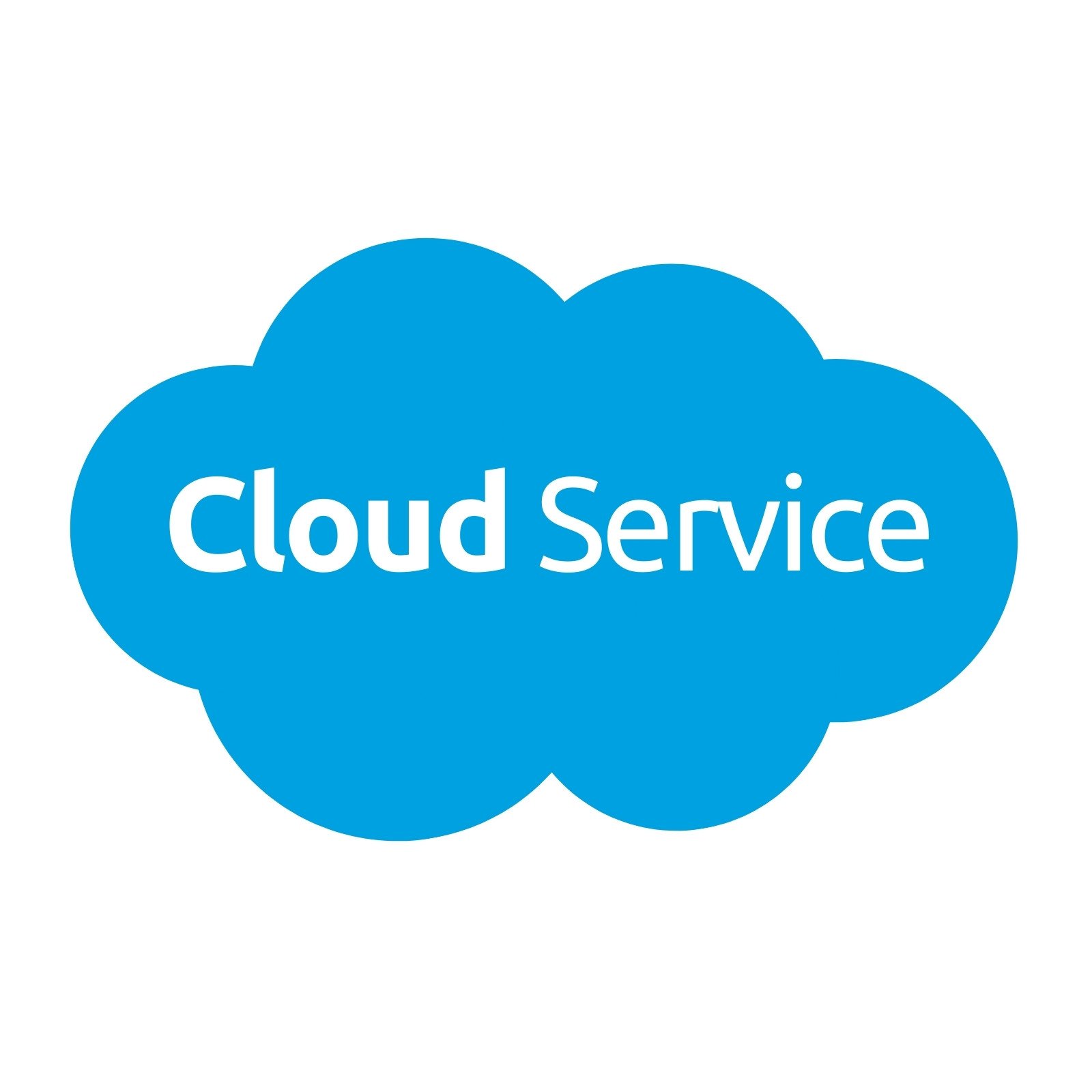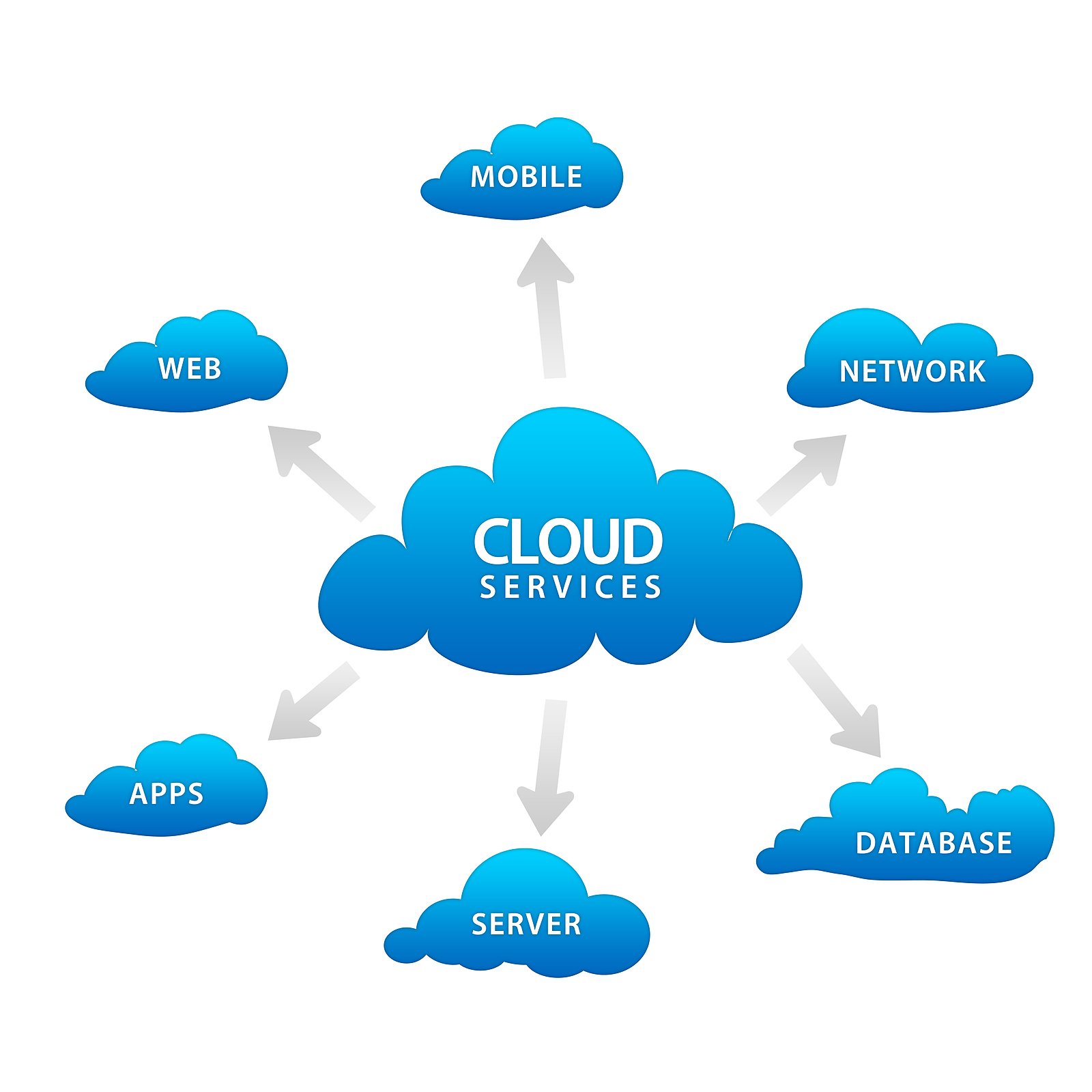Drive Technology: Using the Power of Cloud Services
In the fast-paced landscape of contemporary company, taking advantage of the power of cloud solutions has ended up being a critical element for organizations aiming to drive advancement and maintain an one-upmanship. The capability to range sources dynamically, take on sophisticated modern technologies flawlessly, and improve advancement processes efficiently can significantly impact an organization's capability to adjust and introduce. As we explore the elaborate partnership in between cloud services and advancement, appealing understandings on just how cloud services reinvent traditional organization techniques and lead the way for groundbreaking innovations will be disclosed.
Benefits of Cloud Solutions
Cloud solutions supply many advantages to businesses and people seeking versatile and efficient options for their digital demands. One of the essential benefits of using cloud solutions is the cost-effectiveness they provide. By transferring to the cloud, companies can remove the demand for expensive on-premises equipment and maintenance expenses, rather going with a pay-as-you-go model that aligns with usage. This scalability permits companies to change sources based upon need, leading to ideal expense management.
Furthermore, cloud services enhance access and collaboration amongst groups. With data stored in the cloud, workers can firmly access files and applications from anywhere with a web link, advertising remote work abilities and enhancing efficiency. Real-time cooperation attributes allow several users to function on records simultaneously, fostering seamless synergy no matter physical place.
Another advantage of cloud solutions is the enhanced information safety and security and catastrophe healing they use. Cloud carriers execute sophisticated safety steps to shield information from cyber threats, making sure conformity with sector regulations. Furthermore, automatic backups and recovery solutions decrease the risk of data loss because of unexpected occasions, giving satisfaction to individuals.
Cloud Movement Methods
Transitioning to shadow services entails careful preparation and tactical implementation to guarantee a efficient and smooth migration procedure. When moving their operations to the cloud, there are numerous cloud movement approaches that companies can think about. One common approach is the 'Rehost' technique, where applications are lifted and shifted to the cloud with minimal changes. This technique fasts but might not totally enhance cloud advantages. The 'Replatform' technique involves making some cloud optimizations during migration, such as updating the application style to benefit from cloud-native attributes. linkdaddy cloud services press release. For an extra comprehensive change, the 'Refactor' strategy includes rearchitecting applications to be cloud-native, improving scalability and performance. In addition, the 'Repurchase' method involves replacing existing software program with cloud-based options, while the 'Retire' technique includes deactivating repetitive applications. Choosing the ideal movement technique depends upon aspects like price, timeline, and wanted end results, needing a cautious assessment of each choice's benefits and obstacles.
Enhancing Cooperation in the Cloud
Enhancing group cooperation via cloud-based devices can significantly enhance performance and enhance communication within companies. By leveraging cloud services, teams can work with each other effortlessly no matter of their physical places, enabling real-time partnership on tasks.

Safety And Security Considerations for Cloud Fostering
How can organizations guarantee the robust protection of their data when embracing cloud solutions? Safety considerations are vital in the adoption of cloud solutions. To secure data, organizations need to initially conduct a complete risk evaluation to identify prospective susceptabilities and threats. Executing solid security approaches for data both en route and at rest is crucial. Gain access to control systems need to be put in place to restrict unapproved access, and multi-factor authentication can add an additional layer of safety. Normal security audits and monitoring of the cloud setting assistance in detecting and minimizing any kind of protection breaches without delay.

Cloud-Native Innovation Practices
In the realm of cloud computer, accepting cloud-native development techniques is Related Site crucial for organizations striving to enhance their electronic infrastructure and boost functional performance. Cloud-native advancement practices involve creating applications specifically for cloud settings, leveraging the scalability, versatility, and dexterity that cloud solutions provide. Deliberately applications with cloud-native concepts in mind, such as microservices style, containerization, and orchestration, companies can improve their growth processes, improve source application, and react much more successfully to changing market demands.
In addition, cloud-native development practices promote continual assimilation and continuous delivery (CI/CD) pipes, enabling automated screening, release, and monitoring of applications. This repetitive technique promotes faster advancement cycles and enhances overall software quality. Additionally, making use of serverless computing and handled solutions enables companies to concentrate on creating core business functionalities while unloading framework administration jobs to cloud provider.
In significance, welcoming cloud-native advancement practices encourages companies to drive development, speed up time-to-market, and remain competitive in today's swiftly progressing electronic landscape.
Conclusion

As we check out the elaborate partnership between cloud services and development, intriguing insights on how cloud options transform standard business techniques and pave the means for groundbreaking innovations will certainly be exposed. click this - linkdaddy cloud services
There are a number of cloud migration methods that companies can consider when relocating their operations to the cloud. Cloud-native development practices include establishing applications particularly for cloud settings, leveraging the scalability, versatility, and dexterity that cloud solutions use. Additionally, the use of serverless computer and took care of services enables companies to concentrate on developing core service capabilities while unloading look at this website framework administration tasks to cloud service providers.
It is imperative for companies to take into consideration cloud migration approaches, enhance collaboration in the cloud, and focus on safety and security measures to make sure effective fostering of cloud solutions and drive innovation within their organization.